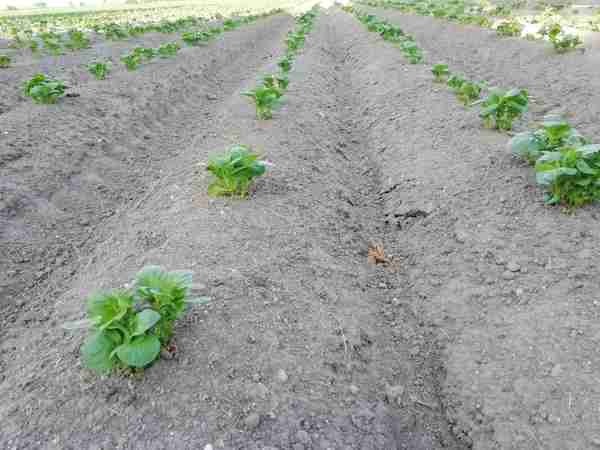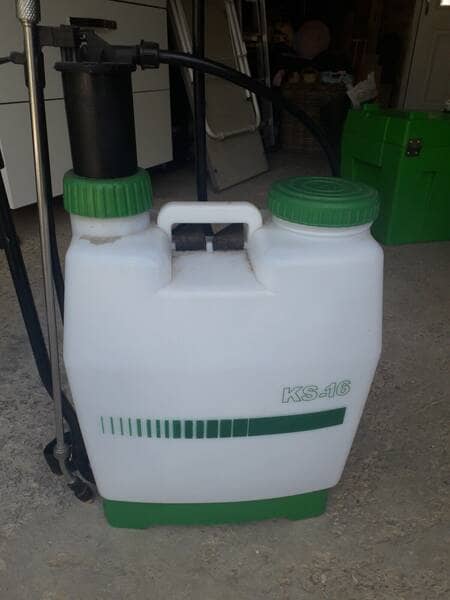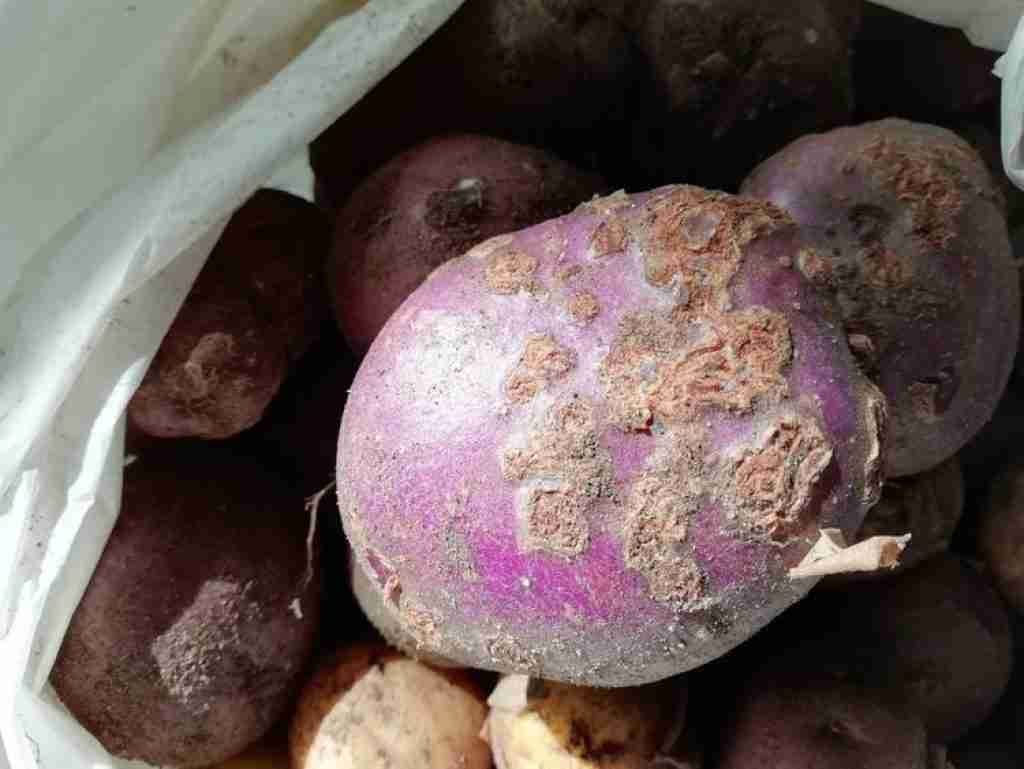Magnesium is an essential nutrient for plant growth and development, and potatoes require a sufficient amount of magnesium to grow optimally. The amount of magnesium required by a potato plant can vary depending on factors such as soil type, growing conditions, and potato variety.
How much magnesium do potatoes need?
The amount of magnesium you need to grow a good crop of potatoes will vary depending on how much magnesium exists in the soil before planting. I have provided a table below showing the amount of magnesium potatoes need to grow a crop of 50 tons per hectare. An average soil index of 1 or 2 requires between 40 to 80kg per hectare or 35 to 70 lbs per acre of magnesium oxide to grow potatoes to their full potential.
| NUTRIENT | INDEX | ||||
| 0 | 1 | 2 | 3 | 4 | |
| kg/ha | |||||
| Phosphate (P2O5) | 250 | 210 | 170 | 100 | 0 |
| Potash (K2O) | 360 | 330 | 300 | 150 | 0 |
| Magnesium (MgO) | 120 | 80 | 40 | 0 | 0 |
It’s important to note that the amount of magnesium required by a potato plant is just one of many factors that can affect potato growth and yield. Other important factors include soil pH, temperature, water availability, nutrient availability, and pest and disease pressure. It’s also important to ensure that other nutrients such as nitrogen, phosphorus, and potassium are present in sufficient amounts, as these nutrients are also crucial for potato growth and development.
If you are growing potatoes, it’s a good idea to have your soil tested to determine its nutrient content and pH level. This information can help you determine the appropriate amount of magnesium and other nutrients to apply to your potato crop to ensure optimal growth and yield.
What is magnesium oxide?
Magnesium oxide is a white, powdery compound that is commonly used as a source of magnesium in fertilizers, animal feed, and various industrial applications. It is also known as magnesia or calcined magnesia.
Magnesium oxide is produced by heating natural magnesium carbonate, magnesium hydroxide, or magnesium chloride to high temperatures, causing them to decompose and release carbon dioxide. The resulting product is a highly concentrated form of magnesium that can be used to supplement magnesium-deficient soils or to provide a long-term source of magnesium to plants.
Magnesium oxide is often used as a slow-release fertilizer, as it can take several weeks to months for the compound to break down and release its magnesium into the soil. This slow-release property makes it an ideal choice for correcting magnesium deficiencies in acidic soils, as the magnesium is gradually released over time and is less likely to leach away.
In addition to its use in agriculture, magnesium oxide is also used in a variety of industrial applications, including the production of refractory materials, ceramics, and glass. It is also used as a flame retardant in plastics and other materials.
Is magnesium oxide the best source of magnesium to add to soil?
Magnesium oxide is a good option for correcting magnesium deficiencies in acidic soils because it is a slow-release fertilizer that provides a long-term source of magnesium. This slow-release property makes it less likely to leach away in acidic soils, which can help to prevent magnesium deficiencies in crops. Additionally, magnesium oxide is relatively affordable and widely available.
However, there may be situations where other magnesium sources are more appropriate. For example, dolomite lime may be a better choice for soils that are both acidic and deficient in both magnesium and calcium, as it can provide both nutrients in one application. Epsom salt may be a good choice for correcting magnesium deficiencies in plants that require a quick magnesium boost, as it is a highly soluble form of magnesium that can be easily taken up by plants.
What other types of magnesium could I use to increase the magnesium levels in my soil?
There are several types of magnesium sources that can be added to soil to provide the nutrient to potato plants. Some common sources of magnesium for soil include:
- Dolomite lime: This is a type of limestone that contains both calcium and magnesium. Dolomite lime is often used to raise soil pH and provide magnesium to plants.
- Epsom salt: Epsom salt, also known as magnesium sulfate, is a soluble source of magnesium that can be dissolved in water and applied to the soil or foliage of potato plants.
- Kieserite: Kieserite is a natural mineral that contains magnesium and sulfur. It is often used as a fertilizer to provide magnesium and sulfur to crops, including potatoes.
It’s important to note that adding too much magnesium to the soil can be harmful to potato plants, so it’s important to follow recommended application rates and conduct soil tests to ensure that the nutrient levels are balanced. Additionally, it’s important to consider other nutrients, such as nitrogen, phosphorus, and potassium, when selecting a fertilizer or soil amendment to promote optimal potato growth and development.
The information used in this article was taken from the RB209 Fertilizer manual – Potato Section, which can be downloaded and read in more detail.
When should magnesium be applied to a potato crop?
Magnesium should be applied at planting time, it is best practice to do a soil test before planting so the correct amount of magnesium is added to the soil in advance. This will set your potato plants off to a good start. Magnesium can be applied afterwards, but this is usually if a soil test has not been carried out and you have noticed other magnesium deficiency signs such as the browning/yellowing of leaves of the potato plant long before the plants are ripe.

To summarise, the soil for growing potatoes should be tested to assess the existing amount of magnesium in the soil, then, from your soil report determine the amount of magnesium recommended to be added for your soil index from the table above.



